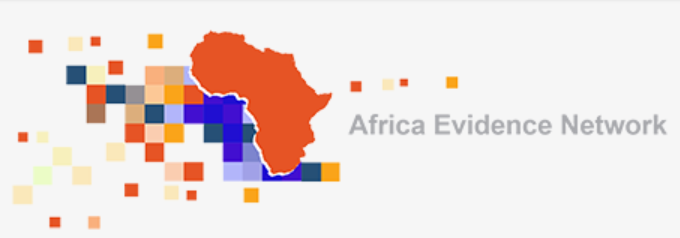
Evidence-informed policy-making or decision-making (EIPM or EIDM) is most often referred to in the context of government decision-making as it relates to the consideration of good quality evidence (ideally research evidence) in policy or implementation decisions. But can the principles of EIDM also apply to financial management decisions, and if so, how?
But let us take a step back. Good financial management is not always easy. It is based on a number of different, but interrelated aspects such as budgeting appropriately, keeping good financial records (and knowing what this means), setting up internal controls to combat fraud and corruption, compiling financial reports, complying with regulatory requirements such as external audits, etc. This can be a daunting and time-consuming process for many businesses, let alone for an NGO, which is why a number of guidelines, courses and brochures exist to support NGOs in this work.
Why is good financial management important for NGOs? Much of the answer relates to accountability – accountability to those who fund NGOs and accountability to those who NGOs serve. Good financial management practices are good for a NGO’s credibility. In the context of cuts in donor funding, and accountability to their own constituents, funders are interested in NGOs that can illustrate they have good governance principles in place, that have systems in place that minimise fraud, and that have budgeting and planning systems that enable decision-making around the best value for money. Arguably, NGOs are also accountable to the communities they serve by providing them with the best possible services allowed by the funding received, and by using their budgeting and planning skills to become sustainable and serve communities in the longer-term.
Considering the importance of good financial management, how does one make good financial decisions for a business or NGO? And can some of the principles of EIDM be applied to the context of evidence-informed financial management? Gough and Thomas (2012) helpfully summarises different steps in the EIDM process (see Gough D. and Thomas, J. 2012. Chapter 3: Commonality and diversity in reviews. In: Gough, D., Oliver, S. and Thomas, J. (eds) An Introduction to Systematic Reviews. London: Sage.). Aspects of these steps and underlying principles can also be applied to make financial management and decision-making more evidence-informed.
Evidence? What evidence?
A first step in EIDM is asking the right question(s), followed by a determination of what sources would be most appropriate to answer that question. The same applies to financial management and decision-making. What are the questions that managers of businesses or NGOs need to ask and need answered? Examples include: How do I know how much money to apply for (budgeting using real and accurate costing); how do I know whether my spending is accurate and at a sustainable rate (cash flow statements, income and expenditure statements, forecasting)?
Managers need accounting information for various reasons – to monitor performance of the NGO, to plan, to problem solve, to report, etc. But do managers always get the right information for decision-making from accountants? It’s important to ask what information you need, whether your systems are appropriate to give you this information, and whether you are getting the information in the format you need.
Trust the numbers. But are they innocent?
Number are always right, right? Is there such a thing as a neutral, innocent number, or can financial systems and reporting suffer the same challenges than other forms of data and evidence – having underlying assumptions and judgements that are often unstated? Just as important as it is in EIDM to appraise, or assess the quality of data and evidence that informs decision-making, it is equally important to do this in financial management. And just as there are certain guiding principles in EIDM and in research more broadly that suggest when something is good quality and might be trusted, the same applies to financial management and decision-making. Good quality financial data have qualities such as: reliability, relevance, comparability, verifiability, consistency, and timeliness.
How to make the numbers make sense
Usefully synthesising and integrating financial information from different systems, sources and reports is only really possible if the records that are kept are designed to keep and produce information that is useful for decision-making. This is a different way of seeing value. What value is your financial systems adding to your decision-making processes, or are they systems for the sake of having systems?
Applying some of the steps in the general EIDM process to financial management helps to better understand the main reasons why financial systems exit in the first place – not just to keep records and add to transparency (as important as this is), but to enable better quality decision to be made (the heart of all EIDM).